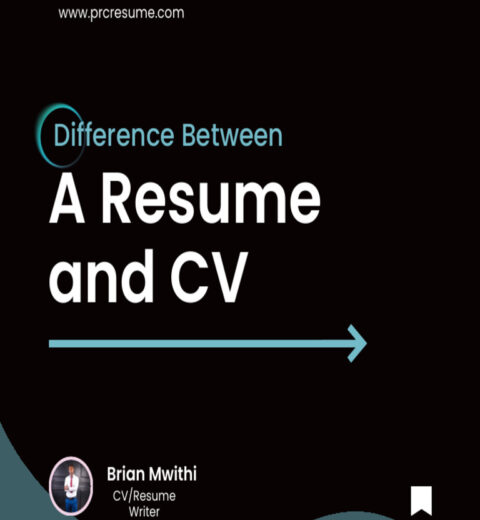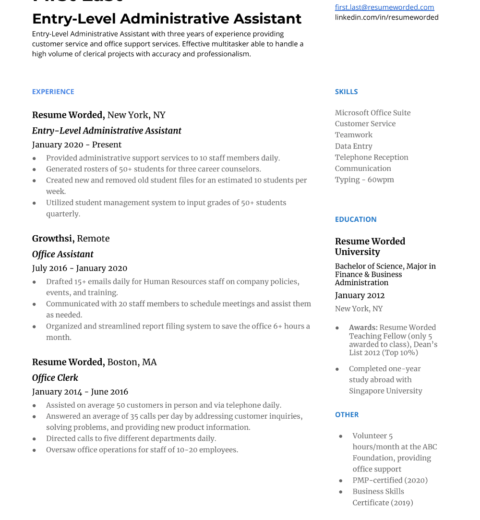In the world of job applications, the length of a resume can often provoke spirited debates among job seekers, career coaches, and hiring managers alike. While a one-page resume has long been celebrated as the gold standard, a growing sentiment acknowledges that a two-page resume can occasionally be not just acceptable, but advantageous. The question that arises is: when is it appropriate to embrace the two-page format?
To address this inquiry, it is imperative first to understand the fundamental purpose of a resume. This document serves as a succinct showcase of one’s professional identity, a curated narrative of skills, accomplishments, and experiences designed to captivate potential employers. It should articulate the value a candidate can contribute to an organization. Hence, when content breadth and depth warrant it, extending a resume to two pages can be an entirely logical choice.
The first instance in which a two-page resume becomes justifiable is when an individual possesses an extensive career history. For seasoned professionals with more than ten years of experience, cramming decades of accomplishments, roles, responsibilities, and relevant skills onto a single page can be an exercise in futility. It is essential to delineate not only job titles and dates but also to elaborate on significant achievements and contributions that illustrate one’s career trajectory. In such cases, a two-page format allows for clarity and thoroughness, presenting a more comprehensive picture of one’s qualifications.
Moreover, certain industries and professions tend to favor the two-page resume format. For instance, those in academia, research, or scientific fields often have varied experiences, publications, presentations, and projects that necessitate detailed exposition. Similarly, professionals in technical or specialized roles—such as IT or engineering—might find their skills, certifications, and project engagements are too multifaceted to be adequately expressed on a solitary page. In these instances, a longer resume grants the candidate room to elaborate on technical proficiencies and significant contributions to projects, thereby positioning themselves as well-rounded candidates.
In addition to career length and industry conventions, the complexity of the job sought can dictate the necessity for a two-page resume. If an applicant is pursuing a senior leadership position, potential employers will expect a thorough exploration of their strategic vision and previous impacts on organizations. A concise, one-page resume might fail to do justice to the breadth of leadership experience, strategic initiatives, and measurable outcomes achieved in prior roles. Here, a two-page format can effectively depict not only past responsibilities but also the foresight and innovative flair a candidate would bring to the new role.
This brings us to the crux of resume composition: the quality of content. For a two-page resume to be effective, it must not merely be an extended version of the one-page counterpart; it should exhibit a judicious selection of relevant experiences. Each section must be meticulously curated, ensuring all information serves a distinct purpose and contributes to the overarching narrative. Superfluous details or filler content should be eschewed. Rather, it is imperative to maintain a careful balance between brevity and detail—striking the right note between presenting sufficient information and overwhelming the reader with unnecessary minutiae.
Furthermore, the visual design of a two-page resume warrants consideration. A well-organized and aesthetically pleasing document is paramount in maintaining the reader’s interest, especially when navigating longer content. Employing clear headings, bullet points, and strategic white space can facilitate readability and allow key accomplishments to stand out. The aim should always be to convey information effectively while ensuring the presentation holds the reader’s attention.
Another nuanced factor is the evolution of technology in recruitment processes. Many organizations now prefer electronic applications, whereby applicant tracking systems (ATS) parse resumes for pertinent keywords and qualifications. A two-page resume can be engineered to accommodate this technological shift, allowing candidates to incorporate more keywords and relevant jargon from the job description across a broader spectrum of their professional experience. This not only enhances the chances of making it through the initial screening but also presents a rich tapestry of relevant experience.
Of course, there remains a caveat: a two-page resume is not universally suitable for all candidates. New graduates or individuals with limited work experience should adhere to the one-page standard, as they may not yet possess sufficient substantive material to justify a second page. Additionally, if the job description emphasizes conciseness or specifies a preferred resume length, deviating from those guidelines might signal a lack of attention to detail or disregard for potential employers’ preferences.
In conclusion, while the conventional wisdom has long favored a one-page resume, various factors permit the two-page format to be a prudent choice. As professionals evolve throughout their careers—accumulating experiences, honing specialized skills, and ascending to positions of responsibility—the opportunity to present a more extensive and detailed narrative becomes necessary. By judiciously weighing factors such as career length, industry standards, job complexity, and the quality of content, candidates can navigate the potential complexities of resume writing. Ultimately, the goal is unmistakable: to craft a compelling document that resonates with hiring managers, compelling them to recognize the value a candidate is poised to bring to their organization.




